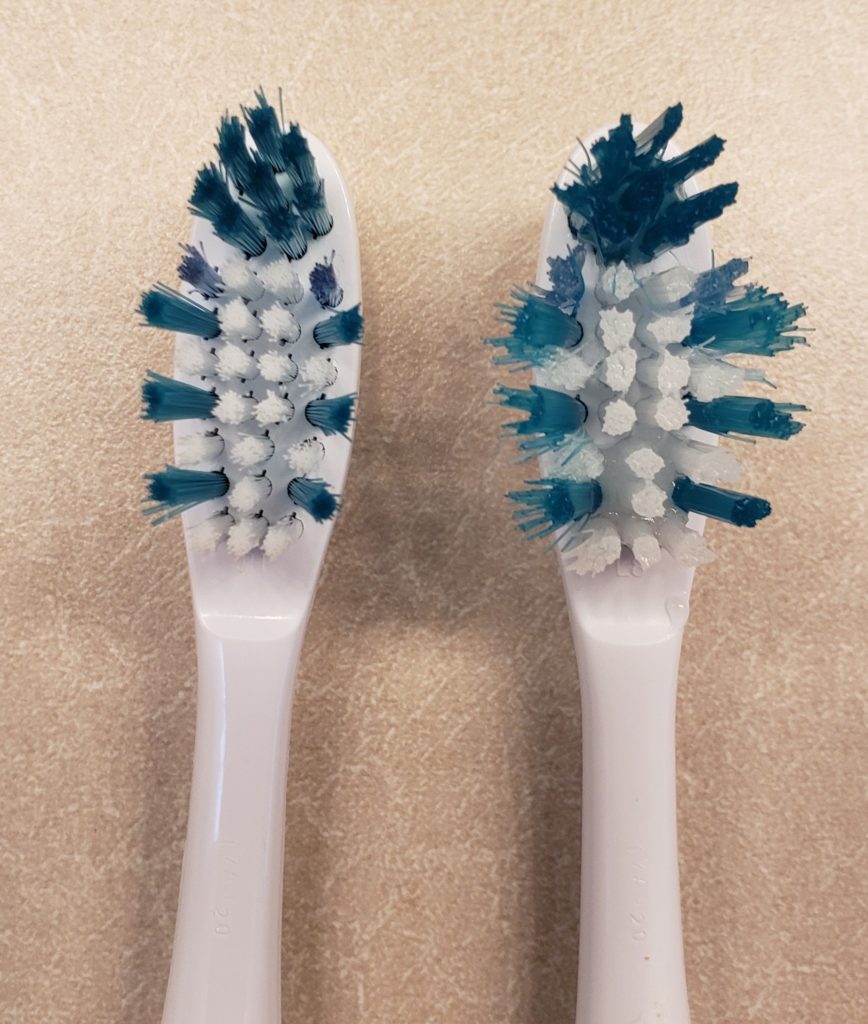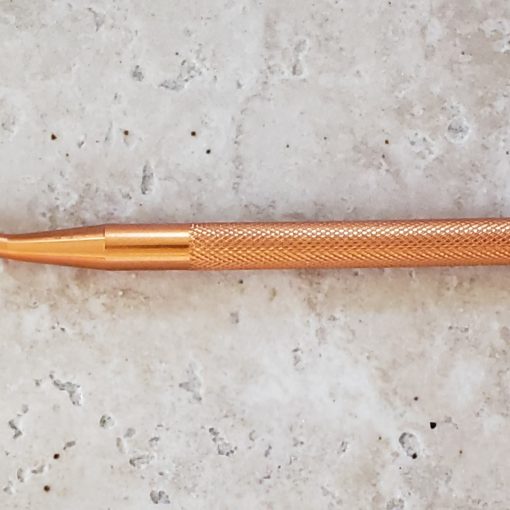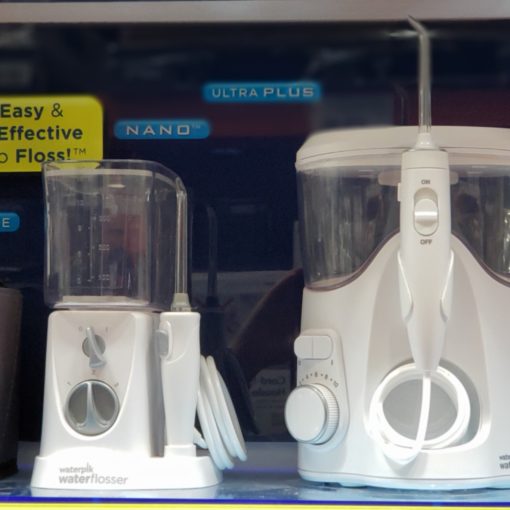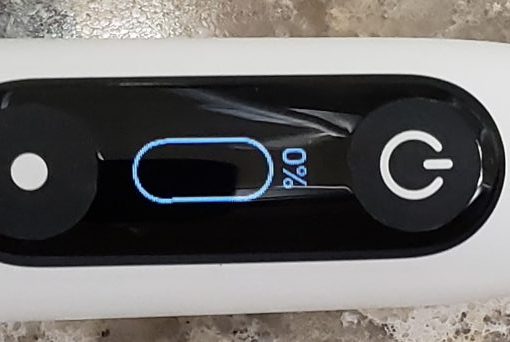Manual Toothbrushes: What is the Best Toothbrush Option for me

Bristle Firmness
Types of Bristles
Bristle Patterns
Handle Design
Sizes
Shapes
What to look for when choosing a toothbrush
- Soft or extra soft bristles
- Angles of the bristles to be able to get all teeth and gums well
- Size of the brush head, if you have a smaller mouth or crowded teeth a smaller toothbrush head will be more effective. If you have a larger mouth a bigger toothbrush head will be more effective
- Size of the handle, for grip issues a larger handle is more comfortable in general. If there are any dexterity issues from medical conditions a larger handle is most beneficial
It’s important to replace your toothbrush every three months or after having a cold or illness, since the bristles can collect bacteria and lead to infection or re-infection. Also, when the bristles are worn and frayed. If the bristles fray easily and quickly, that could be a sign that there’s aggressive scrubbing of the teeth. Frayed bristles are useless, it’s the firm tip of the bristles that do the cleaning. When the bristles are bent and the abundance of the cleaning is dependent on the side of the bristles, your teeth are being not cleaned.






